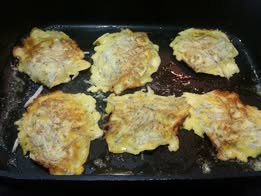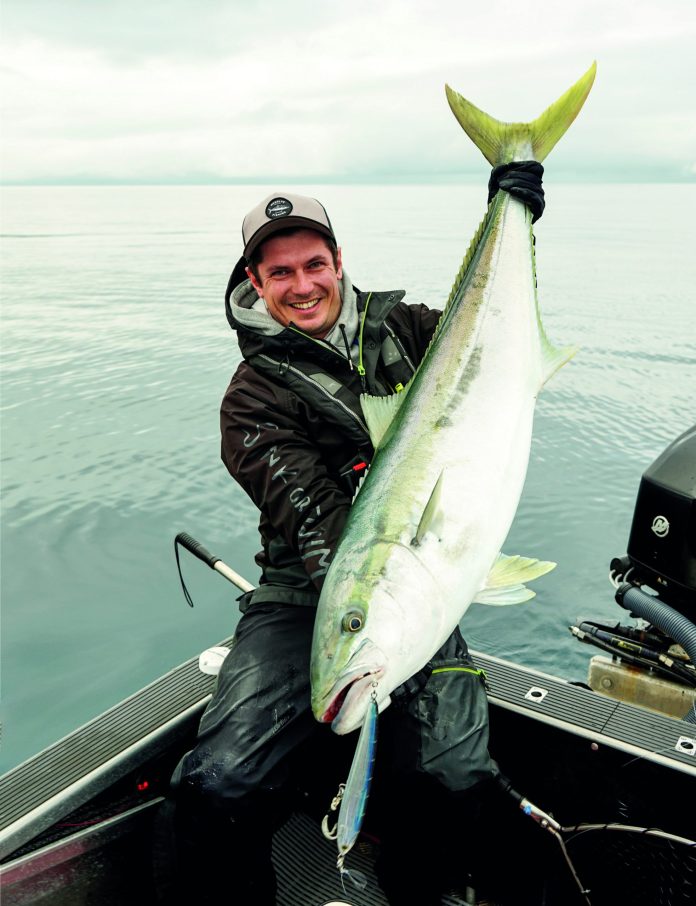You can’t get much more ‘tried and true’ than fried fish. It’s a popular, quick, and easy way to create the basis of a tasty meal, which means a lot of people also have very firm ideas on how it’s best done. Yet surprisingly many don’t get a good result, often due to poor pan heat control or overcooking. So here is how I do mine, followed by some yummy variations on the theme.
Fried fish
N.B. While it is possible to just dip the fish pieces in beaten egg and coat them with breadcrumbs before frying, I side with those who recommend first coating the fillets in seasoned flour – while the process is a bit messier, the coating is definitely better.
Also, I tend to use Panko (Japanese) breadcrumbs, as they provide a very light, crispy coating when cooked at the correct temperature, sometimes mixing it with a pack of ‘Crunchy Coating’ or similar, plus maybe a little parmesan cheese for added flavour.
Thirdly, I find that overly thick fillets take too long to cook. You risk burning the crumbs or either undercooking or overcooking the fish. Pieces up to about 1.5cm thick do the job nicely, so ‘fillet the fillet’ if necessary to achieve the thickness required.
Ingredients
One-kilo fresh fish fillets
Plain flour in a shallow bowl
1-2 eggs, beaten, in a shallow bowl
Panko and/or other breadcrumbs – enough to coat fish in
another shallow bowl – seasoned with salt and pepper
Vegetable oil/butter (or a mixture of both)
Lemon juice.
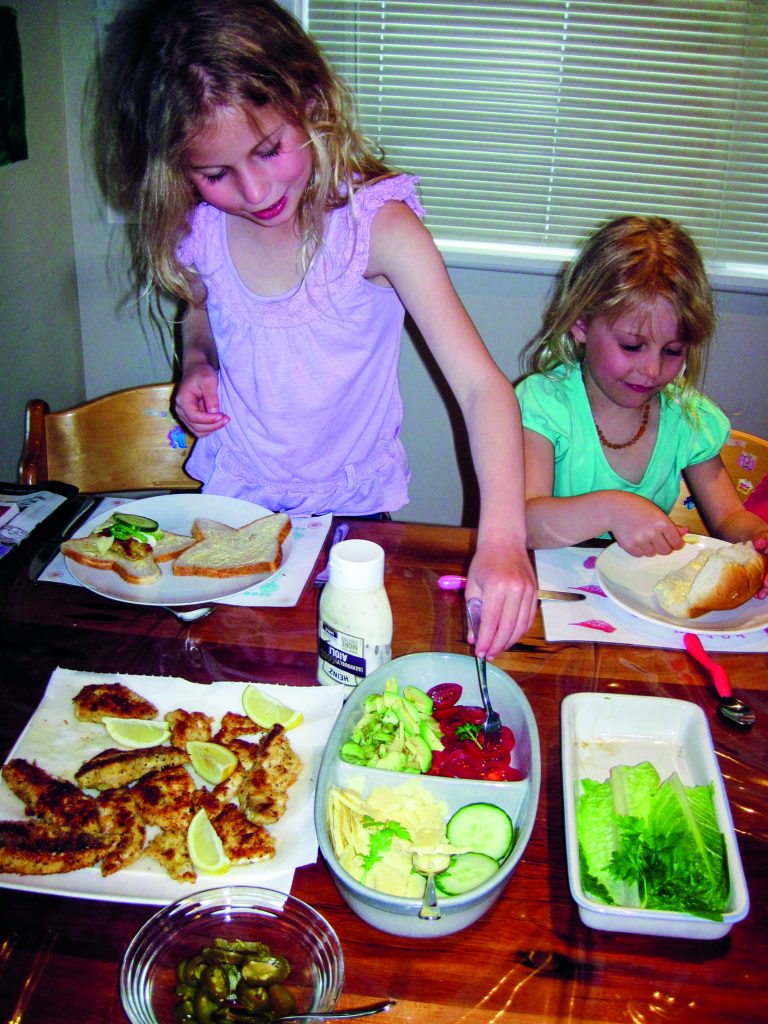
Method
1. Heat enough oil/butter at a moderate temperature to cover the base of a large pan to a depth of about a millimetre. Top it up if necessary during the cooking process
2. (Butter is less likely to turn brown if you add a small amount of oil.) When the hot oil starts to shimmer and sizzles when breadcrumbs are dropped in, it’s ready. But if the oil’s smoking or turning brown, it’s too hot.
3. When the pan is almost hot enough, start preparing the fish, one fillet at a time. First, use a pair of tongs to dredge the fillet in the seasoned flour. Cover the fish thoroughly, then shake off any excess flour before dipping it in the beaten egg in the second bowl. Finally, flip the fillets around in the seasoned breadcrumbs, coating them thoroughly.
4. Once finished, place each fish piece in the pan. They should take about a couple of minutes to cook on the first side and a little less time on the other. When the sides of the fillets begin to turn progressively whiter, it’s usually time to flip the fish. Gently lift the fish pieces with an egg slice to check on the coating colour and if it’s golden brown, flip it over to cook the other side.
5. When cooked on both sides (you may need more oil during cooking), remove, place on a doubled-over paper towel on a plate, and put in the oven’s warmer drawer.
6. Serve with lemon or lime wedges to squeeze on top, some garlic aioli (try adding finely chopped capers, gherkins or jalapenos for variations on a tartare sauce), and some salt and pepper.
The classic accompaniments to fried fish are a crisp green salad and buttery minted potatoes or crusty bread with plenty of butter.
A variation on fried fish
Parmesan-crusted fish Ingredients
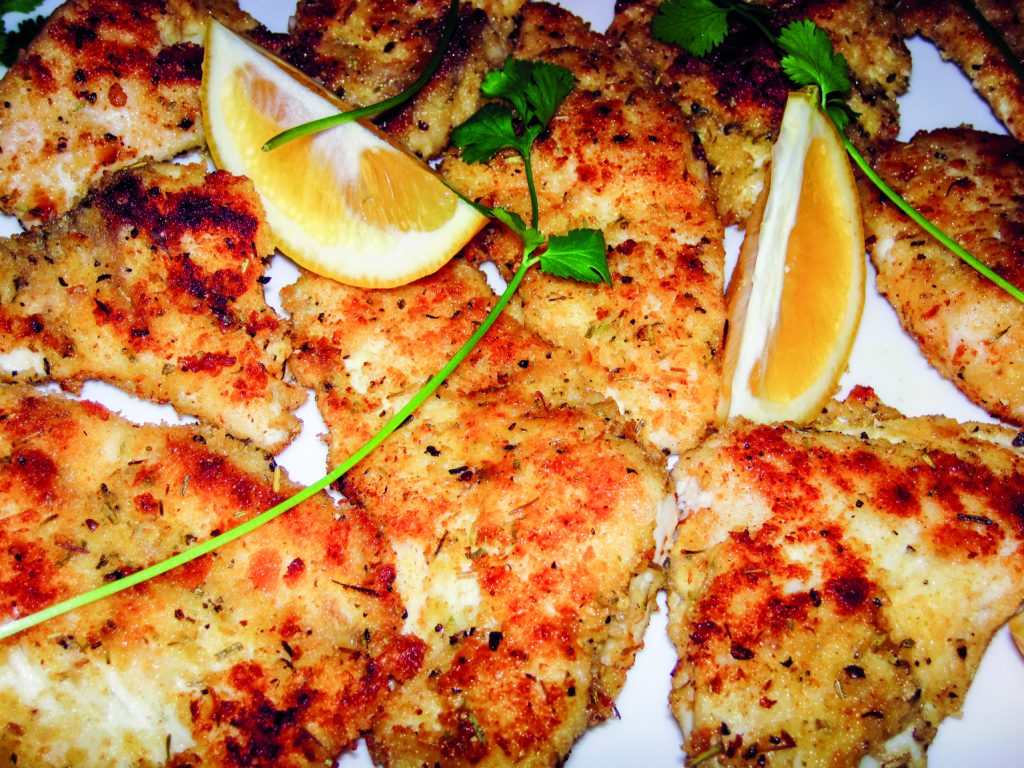
1. Mix the seasoned breadcrumbs/panko crumb mix with the same amount (split half and half) of very finely chopped parsley and finely grated Parmesan cheese.
2. Cover the fillets in beaten egg, then coat with the breadcrumb mix. When fried, the Parmesan melts and forms a golden crust. Note: The cheese needs hot oil to melt properly, so no scrimping on oil, please.
3. Serve with a sauce of your choice. I like a mix of one-third lemon juice to two-thirds olive oil, some finely chopped anchovies and parsley, and Dijon mustard to taste. A bit fiddly, but very yummy…
Fast and easy marinated Chinese/Fijian fish
I came across this simple but delicious recipe while in Fiji. When asked about the relative quantities of the four main ingredients, our Fijian cook said, “Oh, it doesn’t matter.”
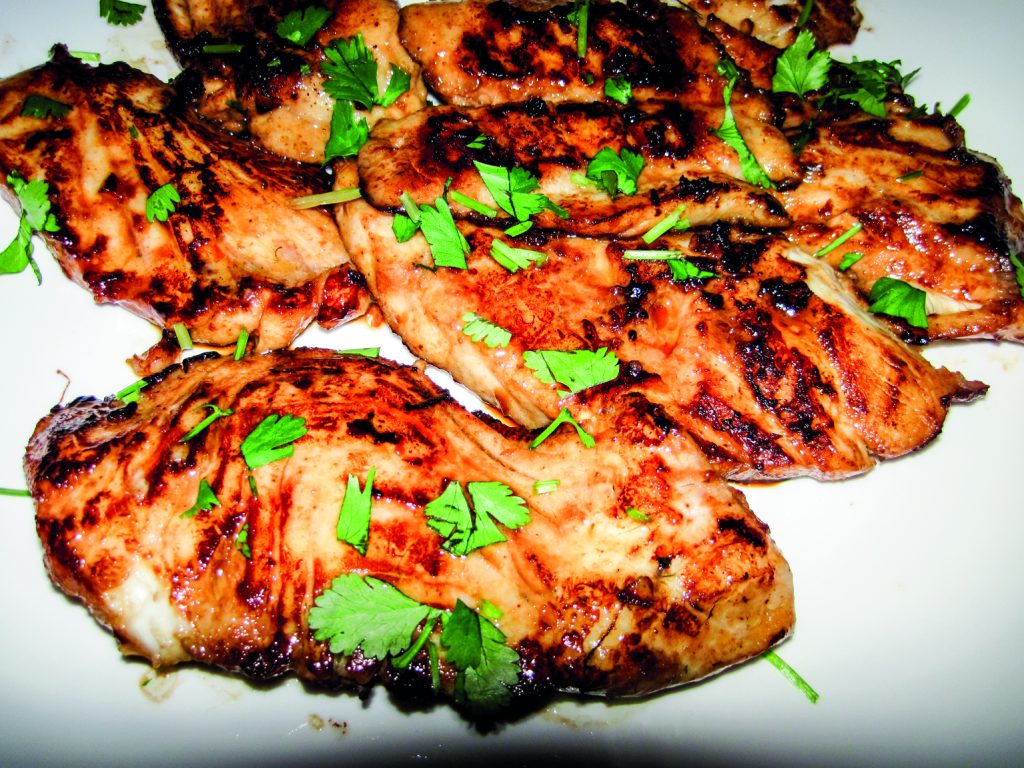
Now I understand. To a marinade of soya sauce, garlic, ginger and brown sugar, you simply adjust the amount of garlic or ginger to create very different flavours. Freshly grated is always better than from a jar!
Ingredients
Fresh fish fillets, cut reasonably thin. (Kingfish, trevally,
albacore and yellowfin tuna are especially good, but
snapper and kahawai are fine too.)
Soya sauce, enough to cover all fillet surfaces with the
marinade
Grated ginger, to taste
Finely sliced garlic, to taste
One teaspoon of soft brown sugar/honey per half cup of
soya sauce
2 tbsp cooking oil.
Method
1. Mix the soy sauce, ginger, garlic and brown sugar/honey thoroughly.
2. Heat the oil in large frying pan at a moderate to high temperature (about a 7 for my cooktop)
3. Place fillets in the marinade, but not for too long, or they become very salty. Two to five minutes will do.
4. Make sure the pan’s nice and hot (so the sugar caramelises and browns your fish), then place the marinated fish in the heated pan. This will cause the oil to spit, so have a lid handy to cover the pan for the first minute or so. It will only take a couple of minutes to cook, so be quick with your turnovers. The fish colour should be a mix of nice caramel to darker brown, thanks to caramelising of the soy, garlic and honey mixture.
While I like to eat this fish with wide noodles and perhaps some dumpling sauce or chilli sauce, along with fresh or frozen beans, peas or broccoli, the meal is even quicker to prepare when accompanied by Two Minute Noodles. Another of my guilty secrets…
Fish fritters
This recipe works well with most fish regardless of type or size, but is particularly useful when dealing with bigger snapper (i.e. over 6kg), as their flesh when simply pan-fried can be relatively coarse in texture. It is especially good with john dory, or use chopped prawn cutlets or salmon instead.
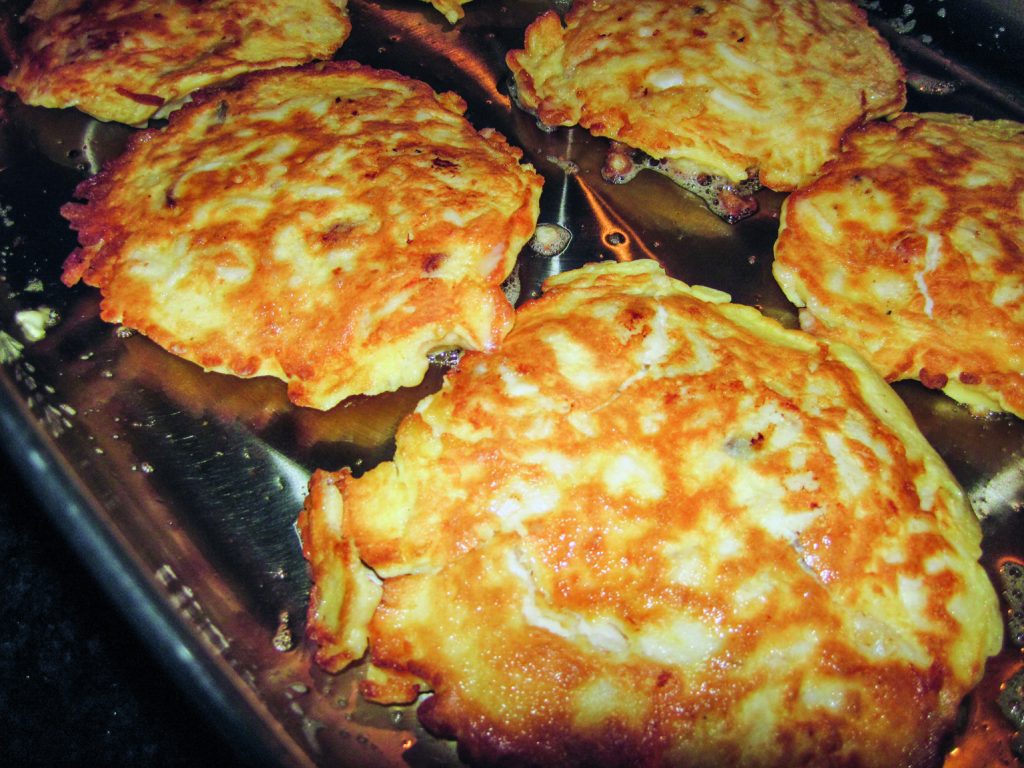
Ingredients
2 medium-sized snapper fillets/pieces, finely sliced
4 eggs
¼ cup milk
1 tsp baking powder
2 tbsp plain flour (adjust for texture)
1 lime, zest of, grated (optional)
¾ cup grated parmesan
Salt and pepper to taste
Cooking oil (rice bran oil with a bit of butter works well).
Method
1. Finely slice two medium fillets (or one large one) across the grain with a sharp knife (larger slices should be sliced again, so the pieces are long and thin).
2. Use a fork to thoroughly mix the eggs with the milk, baking powder, flour, Parmesan, and seasoning to taste. Add the finely cut snapper and allow it to rest while heating a frying pan.
3. The butter and oil mixture should cover the pan’s base, and be sure not to overheat it –low-ish to medium heat is about right – but also make sure it’s hot enough before commencing cooking.
4. Use a soup ladle to make modest-size fritters in the pan and watch the edges to gauge cooking progress; once two-thirds of the fritter has turned white (which will happen within a couple of minutes), flip it over. It should be nice and golden.
5. Rest the cooked fritters on a plate lined with paper towels inside the warmer drawer.
6. Serve fritters with aioli or tartare sauce, along with a squeeze of lemon/lime juice. They’re great wrapped in well buttered, crusty bread filled with your favourite salad items. They are just as tasty eaten cold the next day!













